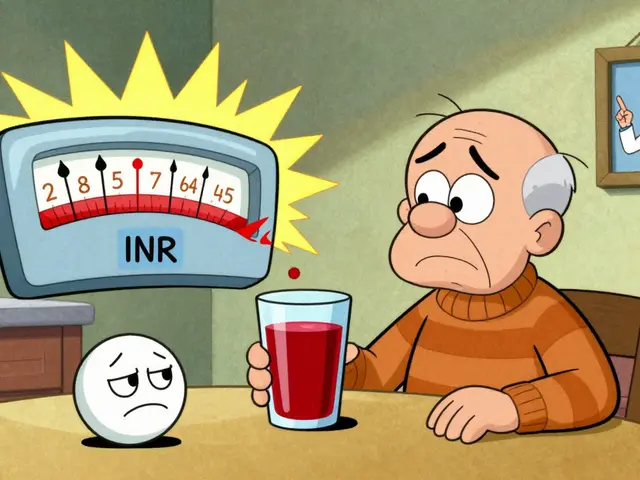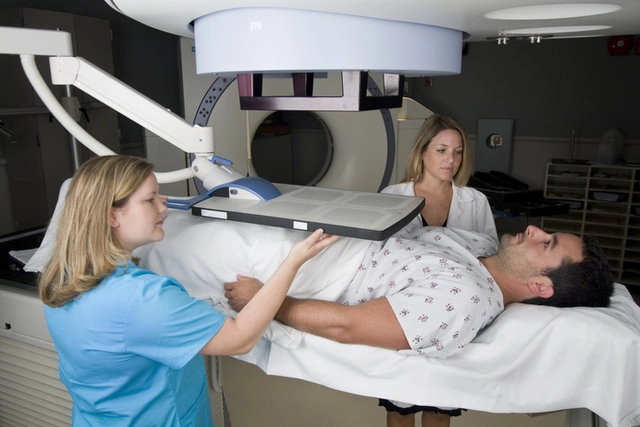Caregiver guidance: practical tips for medication, safety, and stress
Being a caregiver is hands-on work. You’ll manage meds, appointments, daily care, and moods. This page gives clear, usable tips you can apply today to keep care safe and less stressful.
Medication and health tasks
Make a simple pill plan. Use a weekly pill organizer and set phone alarms for doses. Keep a written medication list with drug name, dose, time, and why it’s taken. Bring that list to every doctor visit and update it when anything changes.
Learn basic side effects to watch for. For example, some pain meds cause drowsiness or constipation; antibiotics can upset the stomach. If you see sudden confusion, breathing trouble, rash, or swelling, call medical help right away.
Handle refills early. Mark refill dates on a calendar and ask the pharmacy to remind you. If cost is an issue, talk to the prescriber about generic versions or patient assistance programs.
Daily routines and safety
Build small routines to reduce chaos. Plan meals, showers, and exercise at regular times. Use checklists for morning and evening tasks so nothing gets missed. For mobility needs, add grab bars, non-slip mats, and good lighting to the home.
Keep emergency info easy to reach: a list with names, phone numbers, allergies, and current meds. Teach family members where that list is and how to use it. If the care recipient uses mobility aids, check them weekly for wear or loose parts.
Talk openly about advance care. Simple conversations about wishes for hospitalization, feeding, and life support avoid tough decisions later. Put important documents like advance directives and power of attorney where you can access them quickly.
Use support tools. Meal delivery, home health aides, and medication delivery can buy you time and reduce stress. Local community centers and senior services often offer free or low-cost help.
Caregiver health matters. You can’t help someone if you’re burned out. Get sleep, eat regular meals, and accept help when offered. Set a short daily break—even 15 minutes for a walk or a quiet cup of tea helps.
Keep communication direct and kind. Explain changes clearly and check understanding. If the person has memory problems, use simple sentences and positive cues. Celebrate small wins—better sleep, fewer falls, or a good doctor visit.
Track progress and setbacks. A short daily note about mood, appetite, and sleep helps spot trends before they become crises. Share that info with healthcare providers to make better decisions.
Finally, find peers. Online forums and local caregiver groups let you trade practical tips and vent safely. You’ll learn shortcuts others already tried and feel less alone.
Start with two simple contacts: the primary doctor and a local emergency number. Keep digital copies of documents in a secure cloud folder and print one copy for the house. Use apps for medication reminders and symptom tracking — many are free. If you handle money, keep a separate file with bills, insurance, and bank contacts. Regularly back up important files and passwords right now.



